Stainless steel display frame: classification and use of stainless steel
Stainless steel is a wide range of special steel series. There are more than 100 stainless steel grades produced in China. However, in terms of its main alloy composition, metallographic structure and main industrial applications, it can generally be classified as follows:
1. According to its main alloy composition, stainless steel can generally be divided into the following three categories:
(1) Chromium stainless steel:
In addition to iron base, the main alloy element of this type of stainless steel is chromium. Some also contain one or more elements such as silicon, aluminum, tungsten, molybdenum, nickel, titanium, vanadium, etc. The content of these elements in steel is between 1% and 3%.
(2) Chromium nickel stainless steel:
In addition to iron base, the main alloy elements of this type of stainless steel are chromium and nickel. Some also contain one or several elements such as titanium, silicon, molybdenum, tungsten, vanadium, boron, etc. The content of these elements in steel is less than 4% to trace.

(3) Chromium manganese nitrogen stainless steel:
In addition to iron base, the main alloy elements of this type of stainless steel are chromium and manganese. Most steels also contain less than 0.5% nitrogen. Some also contain one or more elements, such as nickel, silicon and copper. The content of these elements in steel is only less than 5% respectively.
2. Stainless steel is generally divided into the following three categories according to its structure (metallographic structure):
(1) Ferritic stainless steel containing chromium but not nickel. This kind of steel can be hardened to a certain extent by cold working, but not by heat treatment. This kind of steel is always magnetic.
(2) Martensitic - This type of stainless steel contains only chromium, with the advantage that heat treatment can harden it, except that some steel grades contain a small amount of nickel. This kind of steel is always magnetic.
(3) Austenitic stainless steels containing elements such as chromium nickel or chromium nickel manganese or chromium manganese nitrogen. This type of steel can only be hardened by cold working; Heat treatment can only soften it. It is nonmagnetic in the annealed state. Some will be magnetic after cold working.
The above three classifications are only based on the matrix structure of the steel, because the effects of elements that stabilize austenite and form ferrite in the steel cannot be balanced with each other. Therefore, the structures of stainless steels actually used in industry include martensite ferrite, austenite ferrite, austenite martensite and other transitional duplex stainless steels, and martensite carbide stainless steels.
3. According to the main industrial uses
stainless steel can be divided into four types: stainless steel, acid resistant steel, non peeling steel and heat resistant steel. Some use electric heating alloy as a component of stainless steel.



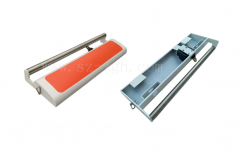
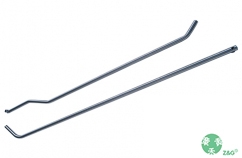
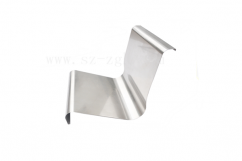
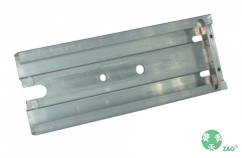
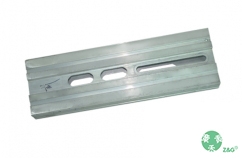
 What help do you need?
What help do you need?